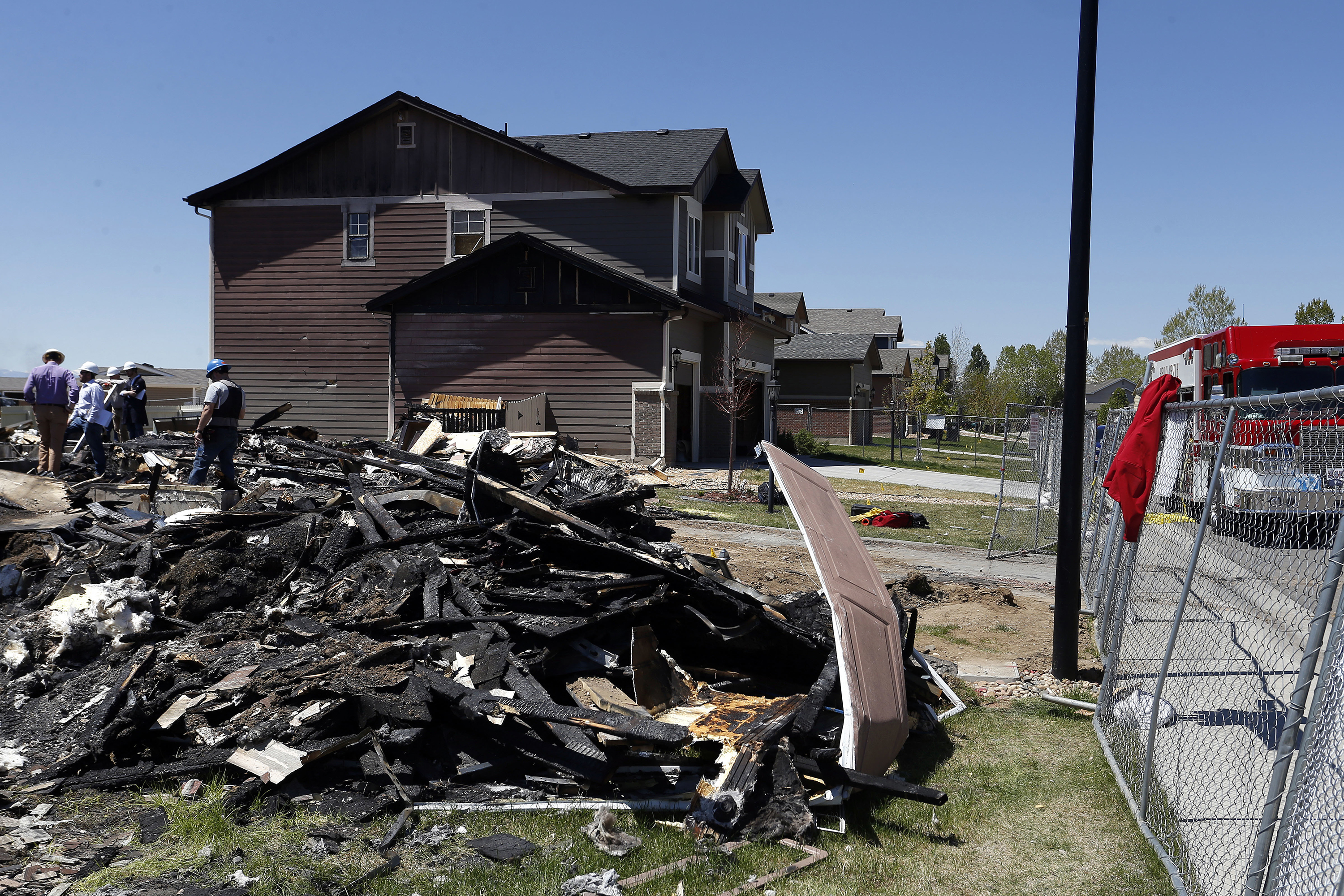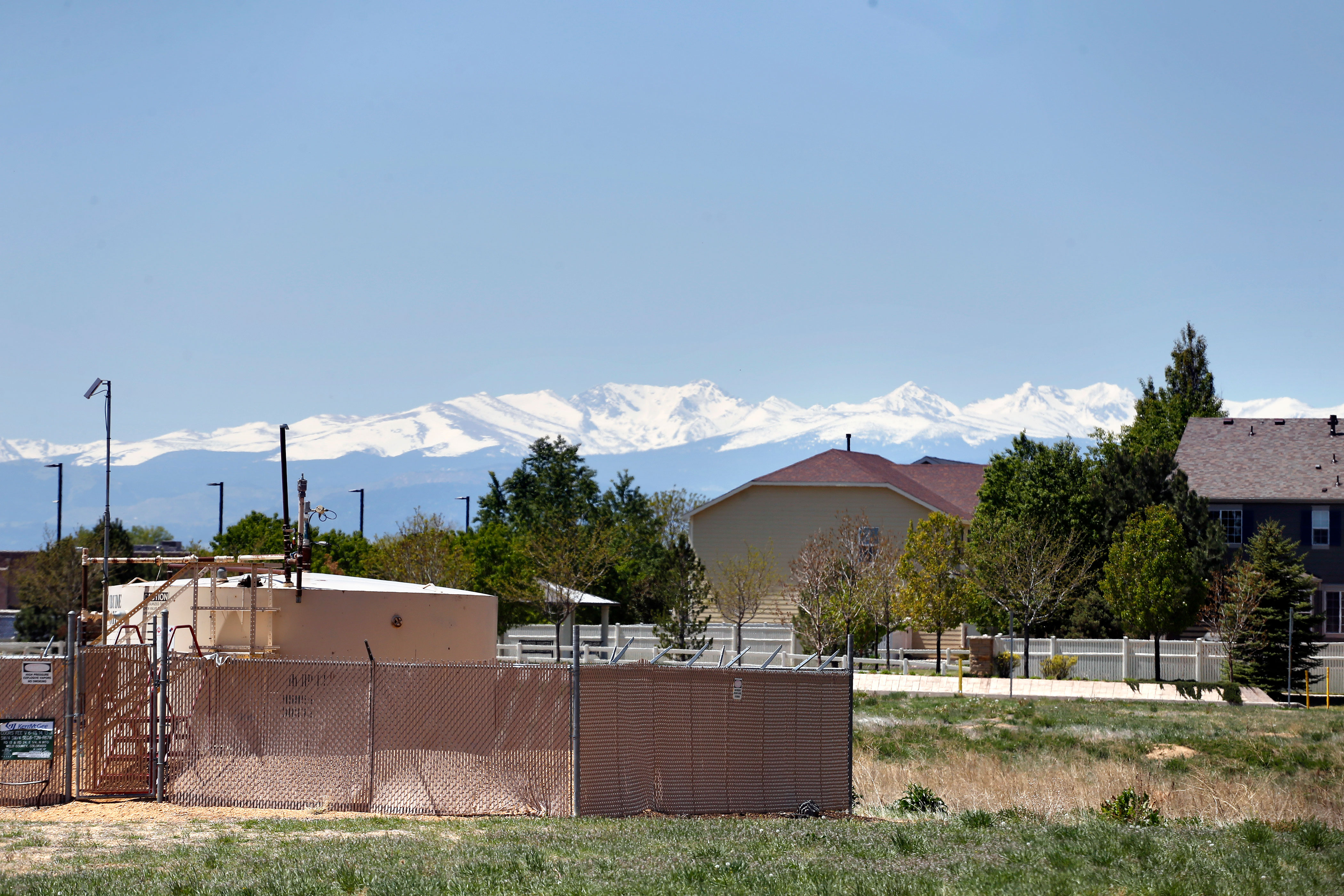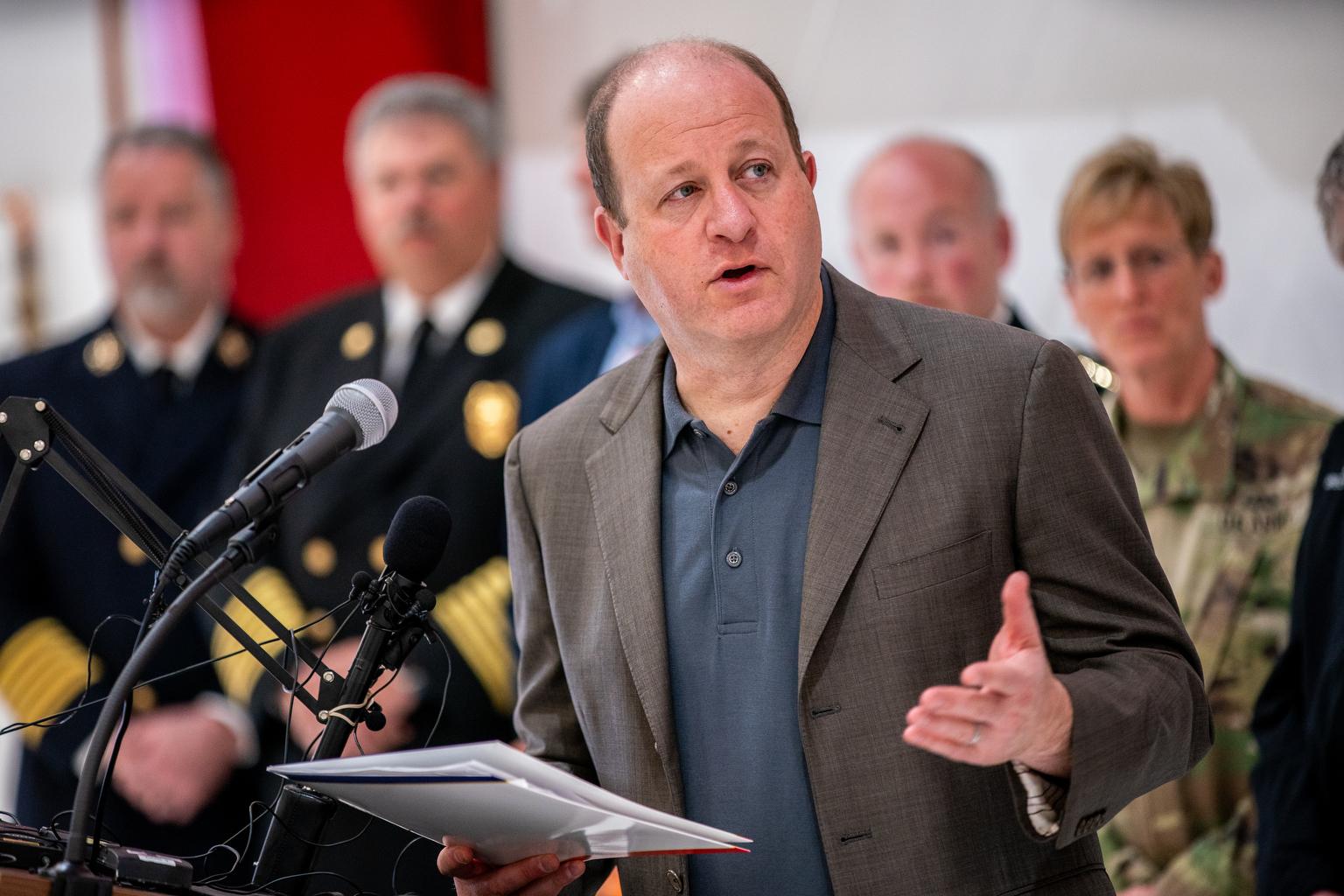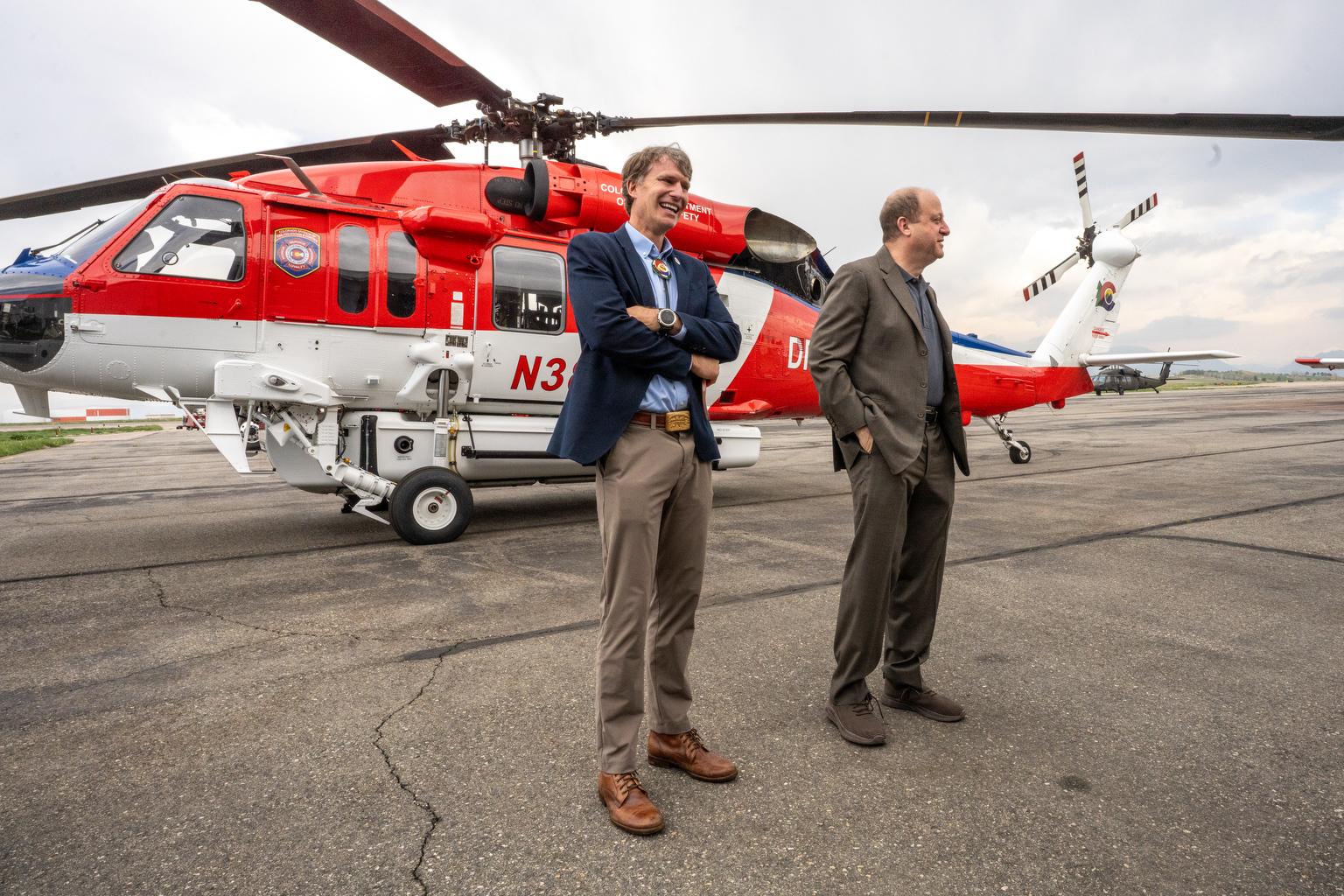
A 2013 promo video for Firestone, Colorado starts out with former mayor Chad Auer declaring it “one of the most exciting communities in America.” He boasts about innovative schools, proximity to Denver International Airport and low tax rates.
“We have abundant land and infrastructure for development,” the mayor says over upbeat background music. Adding that all up, he’s not surprised that the “U.S. Census Bureau found that Firestone was the fastest growing community in Colorado over the past decade.”
One important thing left out of the video: The landscape is dotted with oil and gas wells, both active and abandoned. There’s also a web of underground pipelines carrying the material.
Proximity of oil and gas operations to homes has always been a hot Front Range issue, more so now after three deaths caused by explosions in a little over a month. In Firestone, in April, two residents died when a blast destroyed a home. In late May, at another facility nearby, an explosion killed a worker. Both oil and gas sites are owned by Anadarko Petroleum.
Sam Mamet of the Colorado Municipal League, which lobbies on behalf of cities, says the state’s 54,332 oil and gas wells aren't going anywhere.
“That's just the sobering reality of the situation,” Mamet says. “And no one can really change that ostensibly, unless they just want to impose growth moratoria in these communities, and that is not likely to occur.”
Still, the fatal home explosion in Firestone has renewed debate over so-called reverse setbacks, the buffer between existing oil and gas operations and new home development. The well in Firestone near the destroyed house was less than 200 feet away.
Many argue that state regulators have the authority right now to create restrictions on where homes are built in relation to existing wells.
Mamet's heard that argument. “If they indeed do have that authority, my bias is to start at that level, before we start having conversations in the legislature,” Mamet says. He’d rather regulators use their expertise to tackle this, rather than the 100 lawmakers at the statehouse.
Preferably, he wants cities to control their own growth, but right now their reverse setback regulations are all over the place. Some cities, like Longmont, restrict home development to 750 feet from wells. In Firestone, the city allows homes to be built just 150 feet away.
Matt Lepore, the executive director of the Colorado Oil and Gas Conservation Commission, says the state’s setback restrictions only cover the placement of new wells near existing homes. Coincidentally, when the state increased its setbacks to 500 feet a few years ago he got an urgent call from an official at a city near Firestone.
“He wanted my absolute reassurance that if we had a 500 foot setback he could still approve residential building within 200 feet of the well,” Lepore recalls. “And I said ‘yes sir, that is the way the law works.’”
Lepore, as head of the state’s regulator, is convinced that Colorado does not have the authority to restrict home development near wells. Besides, the proximity to the well was not the problem in Firestone, he says, it was the proximity to an improperly abandoned and cut flowline.
“If the line ends six feet from the basement foundation and gas flows through it you're going to have a problem,” Lepore says.
In other words, a more restrictive setback from a well wouldn’t have necessarily prevented the Firestone explosion. As such, the head of the Northern Colorado Home Builder Association, Greg Miedema, says that the “setback is really a nonsensical argument.”

He says builders need to be able to put houses on as much land as they can to make the numbers work. Otherwise, “increase setback, reduce density, higher home costs, because they're not making any more land.”
Miedema points out that people are moving north of Denver to escape high housing costs. If the state or local governments restrict development next to wells, home costs would go up and lower wage workers would be priced out of Colorado.
Even some environmentalists agree. Matt Sura, who has worked as an attorney for prominent environmental groups, says their focus has always been on restricting where new wells are put, because those are bigger, noisier, more intense operations.
“Unfortunately the die is cast,” he says when it comes to the state’s legacy of existing wells. “We've got so many oil and gas wells that are sprinkled throughout these communities that we're going to have to figure out a way to coexist.”
In Sura’s estimation, coexistence is only be possible by instituting better inspections and tougher regulations to ensure safety.
What Are Your Questions?
Are there other questions you have about flowlines and oil and gas development in Colorado? Email us at [email protected], leave your questions in the comments or tweet us @gracehood, @CPRMarkus or @newscpr.









